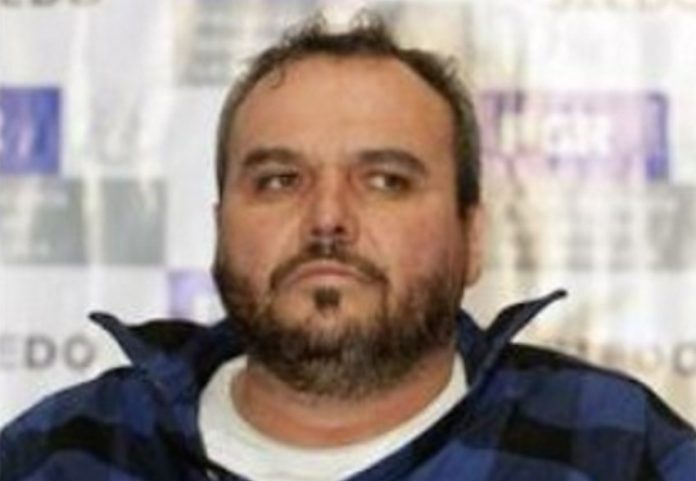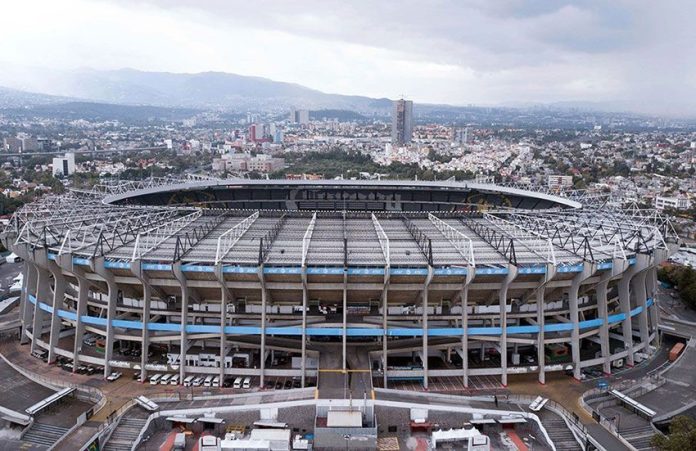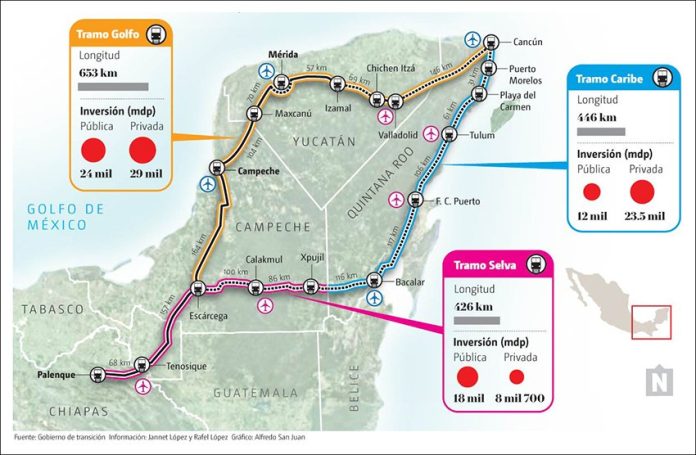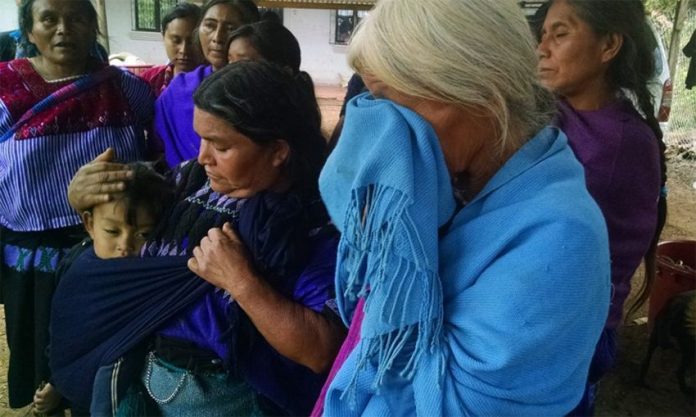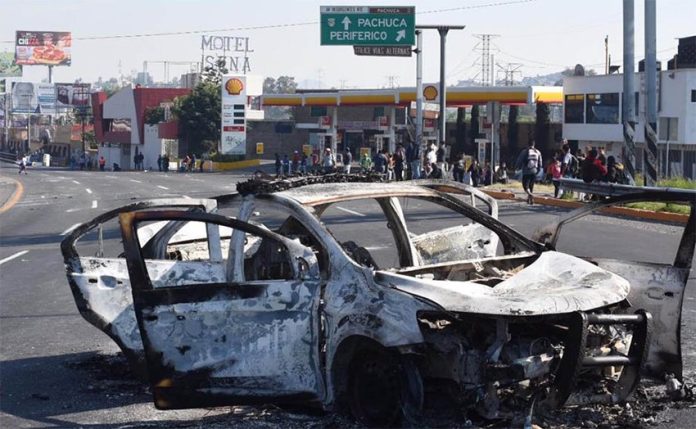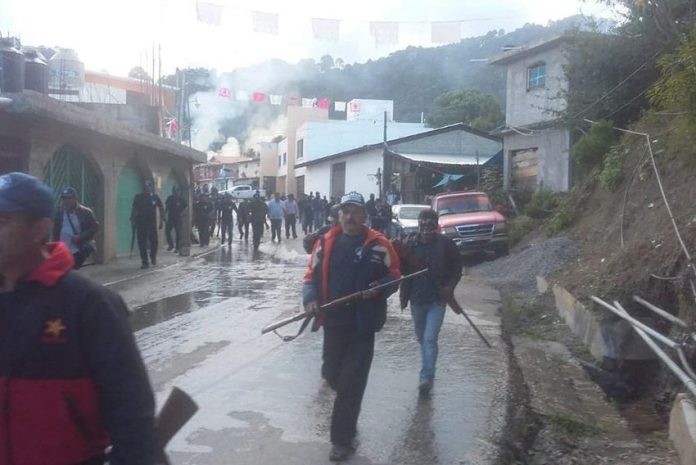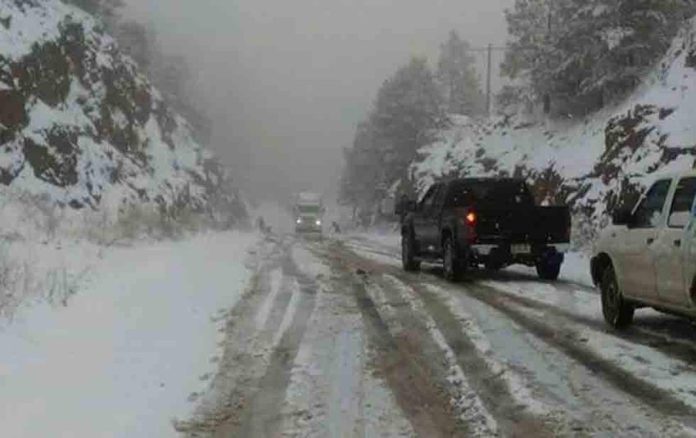Joaquín “El Chapo” Guzmán was a top leader of the Sinaloa Cartel and “one of the most powerful drug traffickers in Mexico,” a former cartel operations chief said in court testimony yesterday.
Taking the witness stand on the second day of the New York trial of the infamous drug lord, Jesús Zambada – younger brother of cartel leader Ismael “El Mayo” Zambada – spilled secrets on the inner workings of the lucrative trafficking operation that allegedly shipped billions of dollars’ worth of drugs to the United States under Guzmán’s leadership.
Zambada said he worked for the cartel for two decades until his arrest 10 years ago.
He is the first cartel witness to testify for government prosecutors against Guzmán, who faces 17 criminal charges and a possible life sentence if convicted.
United States prosecutors allege that between 1989 and 2014, the Sinaloa Cartel smuggled almost 155,000 kilograms of cocaine into the U.S. as well as heroin, methamphetamine and marijuana.
From Guzmán, who is also accused of conspiracy, firearms offenses and money laundering, they are seeking a US $14-billion forfeiture.
Jesús “El Rey” Zambada, a 57-year-old accountant who was arrested in 2008 and remains in United States custody, told jurors that he first met Guzmán in 2001 after the capo had escaped from a Jalisco prison in a laundry cart.
After the bold escape, Zambada said, he was given the task of finding a spot where the cartel could land a helicopter to pick up its boss.
“We were rescuing him . . . because the military was about to recapture him,” he said.
During most of the 2000s, Zambada said that his brother Mayo, who a lawyer for Guzmán portrayed as the “real” Sinaloa Cartel leader on the opening day of the trial,” and Chapo co-headed the criminal organization.
The testimony dismisses the defense’s characterization of the accused as a “scapegoat.”
The cartel imported large shipments of Colombian cocaine by land, sea and air before transporting it to border cities and then into the United States, Zambada said.
The drug, referred to by cartel members variously as Sapphire, Pacman and Coca-Cola, the witness said, would often be shipped by fast boats to Cancún, Quintana Roo, from where it was usually transported to warehouses in Mexico City and later onward to cities including Ciudad Juárez, Chihuahua and Agua Prieta, Sonora.
A common smuggling method used by the cartel involved placing the cocaine in containers that were concealed inside gas tankers filled with fuel, Zambada explained.
He said that he was responsible for cartel operations in the Mexican capital including a warehouse that processed 80 to 100 tonnes of cocaine a year, bringing in “billions” of dollars in revenue.
Through bribes, the ex-cartel member claimed, “I controlled the airport in Mexico City . . . controlled the authority.”
Zambada said that cartel profits soared after cocaine was moved into the United States, explaining that the extent of the illicit gains depended on its final destination.
One kilo of cocaine purchased in Colombia for US $3,000 would yield $20,000 in Los Angeles, $25,000 in Chicago and $35,000 in New York City, he said.
Zambada told jurors he established a system to track payments from clients in the United States, explaining that Guzmán and his brother Ismael Zambada invested together to buy large quantities of cocaine and shared the profits together.
One shipment that was deliberately sunk at sea in the 1990s by cartel members when they feared they were being followed by authorities was later recovered by deep-sea divers, he said.
At one point in his detailed three-hour testimony, Zambada, dressed in a blue prison jumpsuit and wearing tinted glasses, jumped to his feet to point at Guzmán and label him “one of the most powerful drug traffickers in Mexico.”
El Chapo, dressed in a dark suit and tie, calmly met the gaze of his accuser.
At times during the lengthy declaration, Guzmán, 61, wrote notes that he passed on to his defense team. At others, he gazed in the direction of his 29-year-old wife Emma Coronel, who watched proceedings from the public gallery.
The notorious drug lord, kept in solitary confinement in a Manhattan prison cell since his extradition to the United States in January 2017, has been banned by the Brooklyn federal court from having any communication or physical contact with Coronel, whose father was a Sinaloa Cartel leader.
Before Zambada’s testimony, federal prosecutors showed jurors a video of a tunnel between Agua Prieta and Douglas, Arizona, that Guzmán allegedly used to transport drugs into the United States.
Carlos Salazar, a retired U.S. customs agent and the trial’s first witness, told jurors that agents were surprised at how sophisticated the tunnel was.
It was half the length of a football field and fitted with lights, an industrial-sized weigh scale and a hydraulic system to lift away flooring that was covered by a pool table, he said.
Its exit in a Douglas warehouse was just two blocks from a U.S. Customs office.
In a continuation of his statement from the first day of the trial, Jeffrey Lichtman, a lawyer for Guzmán, again went on the attack against convicted criminals who have reportedly agreed to testify against his client.
Ismael Zambada’s son, Vicente, is also expected to take the witness stand after reaching a plea agreement on drug trafficking charges with U.S. authorities last week.
“They’re here because they want to get out of jail by any means necessary,” Lichtman said.
He had previously referred to the government’s witnesses as “gutter human beings” and asked the jury to “keep an open mind” and consider that law enforcement authorities in both Mexico and the United States could be corrupt.
Yesterday, he dubbed the witnesses “liars,” “degenerates” and “scum.”
Lichtman singled out Miguel Ángel Martínez, believed to be Guzmán’s former right-hand man, for his “unbelievable” cocaine habit.
“His nose basically fell off for sniffing cocaine,” he told the jury.
On Tuesday, Lichtman claimed that El Mayo had paid millions of dollars in bribes to current President Peña Nieto and his predecessor Felipe Calderón to buy immunity
Judge Brian M. Cogan subsequently cautioned Lichtman against making statements that might not be supported by evidence.
Peña Nieto, through a presidential spokesman, and Calderón dismissed the bribery allegations as completely false.
The trial, which is expected to last between two and four months, continues today.
Source: AFP (sp), Associated Press (en)
